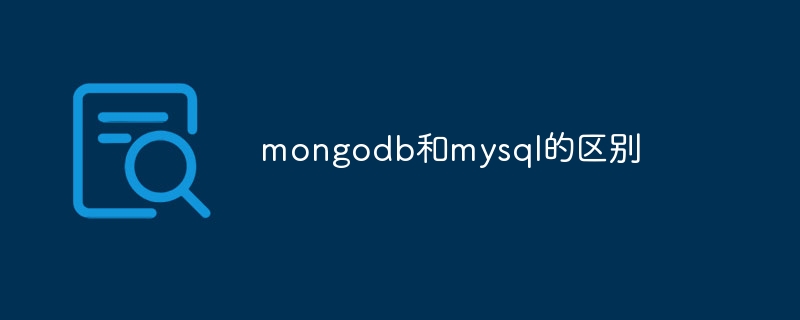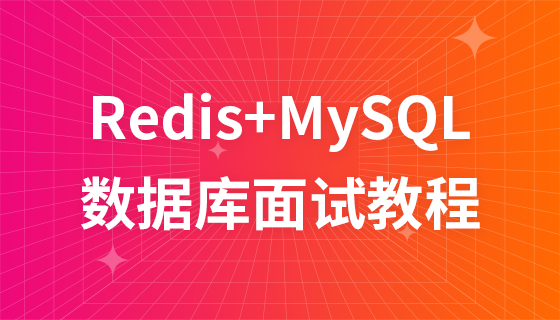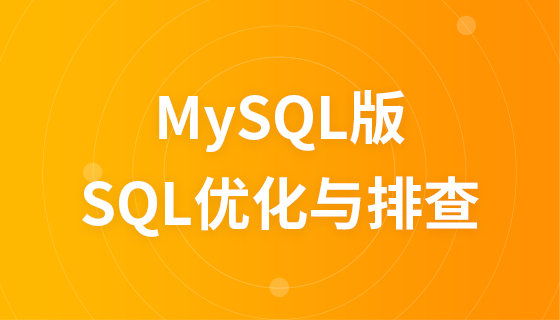mongodb和mysql的区别:1、数据模型,MongoDB是面向文档的数据库,MySQL是关系型数据库;2、查询语言,MongoDB使用MongoDB查询语言,MySQL是类似于JSON查询的语言;3、扩展性和性能,MongoDB使用可水平扩展的架构,MySQL使用垂直扩展的架构;4、可靠性,MongoDB不支持传统事务处理,MySQL在复杂事务处理和数据完整性方面更可靠。

MongoDB和MySQL是两种流行的数据库管理系统(DBMS),它们在设计和功能上有一些明显的区别。本文将介绍MongoDB和MySQL之间的主要区别,并讨论它们在不同方面的优缺点。
首先,MongoDB是一种面向文档的数据库,而MySQL是一种关系型数据库。MongoDB使用BSON(二进制JSON)格式来存储数据,它的数据模型类似于由键值对组成的JSON文档。相比之下,MySQL使用表格来存储数据,数据被组织成行和列的形式。这种基本的数据存储方式决定了MongoDB和MySQL在数据建模和查询语言上的不同。
由于MongoDB的面向文档的特性,它可以轻松地处理和存储复杂的非结构化数据。这使得MongoDB在处理大量无固定架构和高变动性的数据时具有优势,例如日志记录、社交媒体数据和移动应用程序数据。与之相比,MySQL更适合处理结构化数据,例如金融数据、电子商务和在线交易数据。
在查询语言方面,MongoDB使用一种称为MongoDB查询语言(MQL)的语法。MySQL是一种类似于JSON查询的语言,可以通过键值对的组合来查询数据。与此不同,MySQL使用结构化查询语言(SQL),这是一种广泛使用的标准查询语言,用于在关系型数据库中查询数据。SQL具有较高的表达力和复杂性,因此在复杂查询和数据分析方面具有优势。
另一个重要的区别是在扩展性和性能方面。MongoDB使用可水平扩展的架构,这意味着可以通过添加更多的服务器来扩展数据库的容量和性能。相比之下,MySQL使用垂直扩展的架构,这意味着需要更强大的硬件来提高性能。这使得MongoDB在处理大量数据和高并发访问时更具优势。
此外,MongoDB还具有复制和分片功能,可以提供高可用性和容错能力。它可以将数据复制到多个节点,以确保数据的冗余和故障恢复。而MySQL也提供了主从复制和集群功能,但相对于MongoDB来说稍显复杂。
然而,MySQL在复杂的事务处理和数据完整性方面更可靠,因为它支持ACID(原子性、一致性、隔离性和持久性)事务。相反,MongoDB不支持传统的事务处理,虽然在最近的版本中添加了一些事务功能,但不如MySQL稳定和可靠。
最后,从使用角度来看,MySQL拥有较长时间的发展历史和更广泛的使用基础,因此更稳定和成熟。而MongoDB则更适合那些具有快速迭代和需求变化的项目,因为它具有较好的灵活性和扩展性。
综上所述,MongoDB和MySQL在数据模型、查询语言、扩展性和性能、可靠性等方面存在明显的区别。选择使用哪种数据库管理系统取决于具体的应用需求和项目特点。

每个人都需要一台速度更快、更稳定的 PC。随着时间的推移,垃圾文件、旧注册表数据和不必要的后台进程会占用资源并降低性能。幸运的是,许多工具可以让 Windows 保持平稳运行。




Copyright 2014-2025 https://www.php.cn/ All Rights Reserved | php.cn | 湘ICP备2023035733号